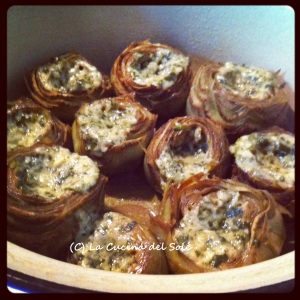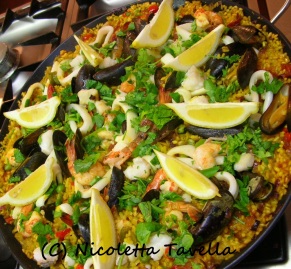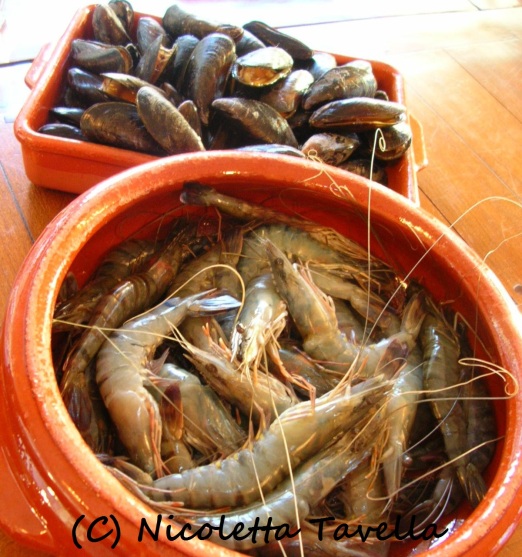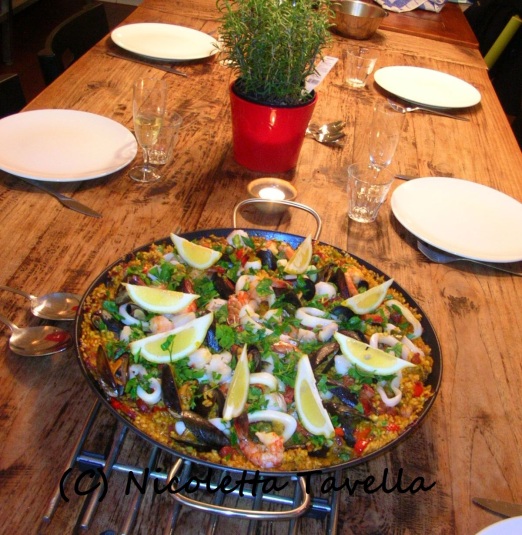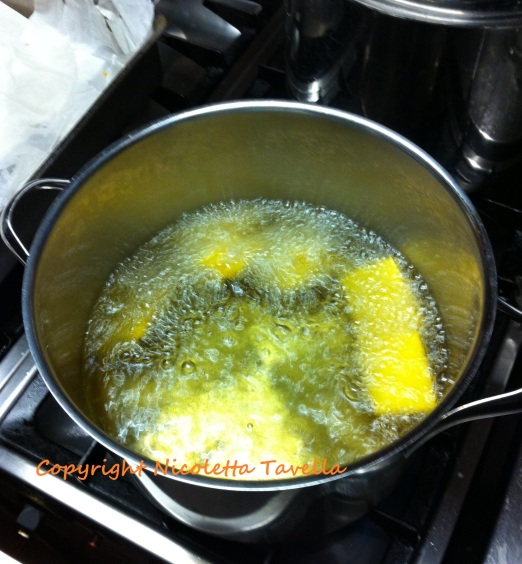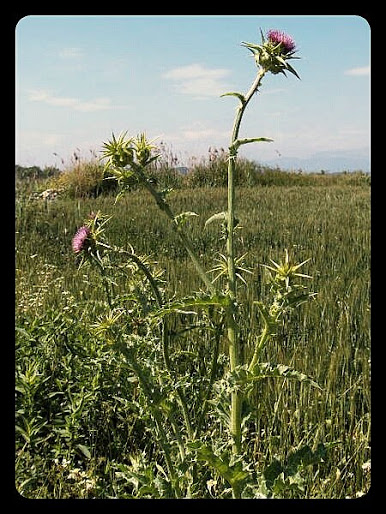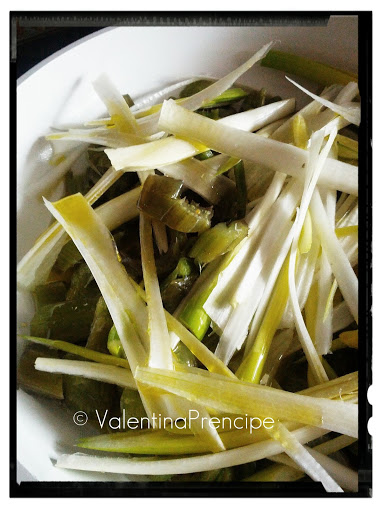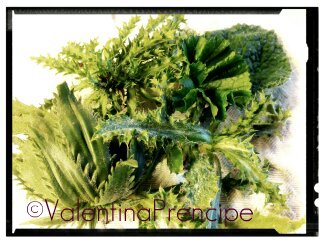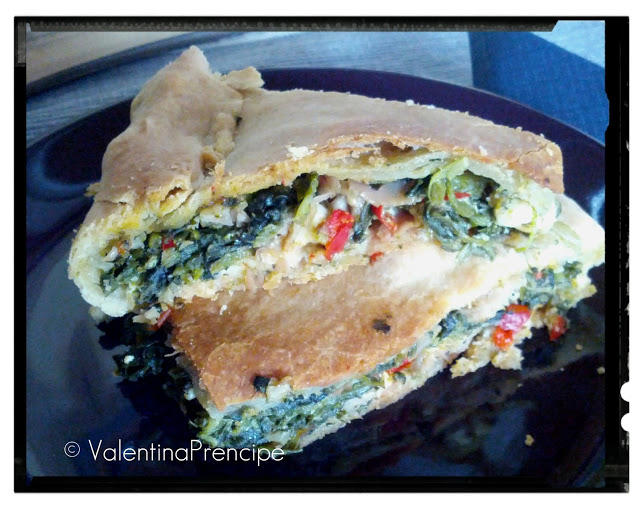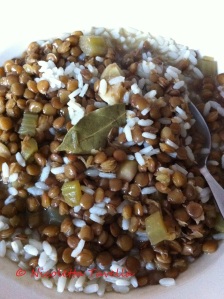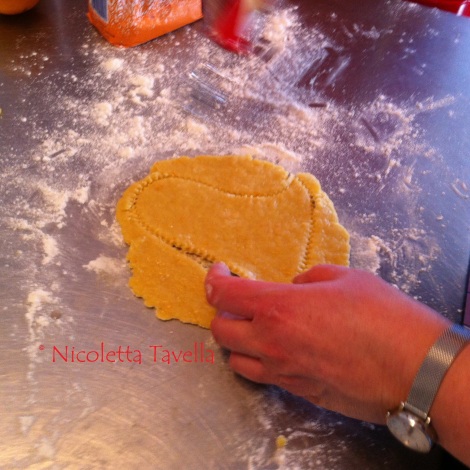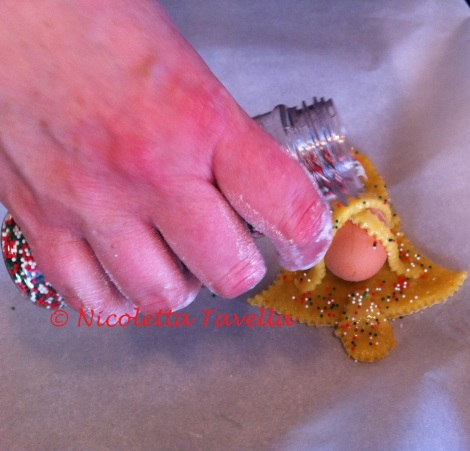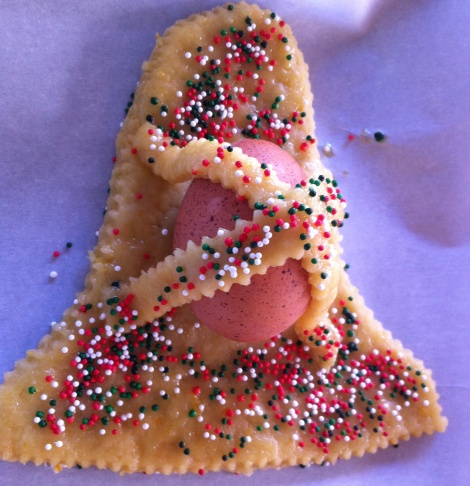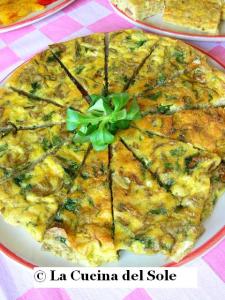 SCROLL DOWN FOR ENGLISH TEXT
SCROLL DOWN FOR ENGLISH TEXT
Se dovessi mangiare un solo tipo di verdura tutta la mia vita probabilmente opterei per il carciofo. Il mio amore per questo ortaggio è immenso.
Mi piace il suo sapore particolare e un po’ amarognolo, la sua consistenza e anche il fatto che non è troppo facile da “gestire”.
Per goderseli bisogna darsi un po’ da fare e in questo i carciofi sono proprio come la vita. :)
Ogni volta che torno in Puglia, la regione dove sono cresciuta e dove i carciofi vengono coltivati in maniera massiccia, mi viene un vero e proprio attacco di invidia.
L’ultima volta che ci sono andato sono diventata quasi verde come un carciofo vedendo a un mercato rionale i miei preferiti, quelli piccoli e senza spine pugliesi, costare solo 3 € per 7 pezzi, grrrrrrrr!
Perché qui in Olanda sono così costosi e, soprattutto, spesso vecchi e già avvizziti???
Comunque, tornando alla preparazione di questo meraviglioso ortaggio, la sua pulizia richiede un bel po’ di lavoro (vedere foto e ricetta) e si elimina una buona parte di questo incredibile fiore, però ne vale la pena: quel che resta dopo tutto quel lavoro è una verdura assolutamente deliziosa ed eclettica, quindi sicuramente il gioco vale la candela!
E la si può utilizzare per una buonissima frittata proprio come faccio spesso io.
Se non sapete come pulire i carciofi potete guardare il mio video.
FRITTATA DI CARCIOFI
Ingredienti per 4-6 persone
10 uova
6-8 carciofi piccoli (violette o simili)
50 g di parmigiano grattugiato
2 spicchi d’aglio
un mazzetto di prezzemolo
sale e pepe
un po’ di latte o panna
olio extra vergine di oliva
Preriscaldate il forno a 180 ° C.
Pulite i carciofi eliminando i gambi (che potete “sbucciare” e utilizzare anche come ho fatto per questa frittata, vedere il suggerimento a fine ricetta), poi le foglie esterne più dure (per vedere come si fa guardate questo video).
Mettete i carciofi in una ciotola d’acqua fredda acidulata con un po’ di succo di limone o aceto in modo che non si ossidino diventano molto scuri. Lasciateli nel loro “bagno” per almeno 10 minuti.
Nel frattempo sbattete leggermente le uova con un goccio di latte o panna, parmigiano grattugiato, sale e pepe.
Tagliate i carciofi a fettine sottili e friggetele in olio d’oliva insieme agli spicchi d’aglio schiacciati. Di solito tendono a diventare piuttosto secchini quindi aggiungete un po’ di acqua calda di tanto in tanto e fateli cuocere a fuoco dolce finché sono morbidi. Condite con prezzemolo tritato, sale e pepe.
Disponete i carciofi in una teglia foderata con carta da forno.
Aggiungete il composto di uova e suddividete tutto in modo uniforme all’interno della teglia.
Cuocete la frittata in forno per circa 20 minuti o finché non è ben ferma se premuta con le dita e bella dorata.
Lasciatela raffreddare un po’ e servitela tiepida o a temperatura ambiente.
SUGGERIMENTO: è possibile mangiare anche i gambi dei carciofi. Prima di tutto bisogna eliminare la parte più dura che li riveste e quindi metterli in acqua acidulata come il resto dei carciofi, dpo di che è possibile stufarli o friggerli insieme al resto dei carciofi.
ENGLISH
If I had to eat just ONE kind of vegetables my whole life I would probably opt for artichokes. My love for this vegetable is immense.
I love their distinct flavour, their special texture and also the fact that they are not too easy to “handle”.
You have to do some work if you want to enjoy them and in that they’re just like life. :)
Every time I’m back to Puglia, the Italian region where I grew up and where they are massively grown, I have an envy attack.
Last time I went there I almost turned as green as an artichoke when I saw my favourite, thornless carciofi costing just 3 euros for 7 pieces at the market, grrrrrrrr!!!
Why are they so expensive here in Holland and, most of all, often old and sloppy???
Anyway, back to the preparation of this wonderful vegetable. Cleaning it is a lot work (see photos and recipe) and you eliminate quite a lot of this amazing flower, as I often hear during my cooking workshops when I show how to do it.
So what? What you have after all that work is something totally DELICIOUS, so definitely worth the hassle!
And you can use it for a wonderful frittata just like I do.
If you don’t know how to clean artichokes you can watch my video.
FRITTATA DI CARCIOFI (artichoke frittata)
Serves 4-6
10 eggs
6-8 small artichokes
50 g grated Parmesan cheese
2 garlic cloves
a bunch of flat-leaf parsley
salt and pepper
a splash of milk or cream
extra virgin olive oil
Preheat the oven at 180°C.
Clean the artichokes by removing the stems (which you can peel and use too like I did for this frittata! See TIP at the end of the recipe) then the hard, outer leaves (see how I do it in this video).
Place the artichokes in a bowl with cold water and a little lemon juice or vinegar so that they don’t get dark. Leave them in their “bath” for at least 10 minutes.
Meanwhile lightly beat the eggs with a dash of milk or cream, grated Parmesan, salt and pepper.
Cut the artichokes into thin slices and fry them in olive oil together with the crushed garlic cloves. They usually tend to get too dry so add a little hot water from time to time and let them gently cook until soft. Season with finely chopped parsley, salt and pepper.
Lay the artichokes in a baking dish lined with baking parchment.
Add the egg mixture and spread everything evenly inside the dish.
Bake the frittata in the oven for about 20 minutes or until it feels firm under your fingers and becomes golden brown.
Leave to cool a bit and serve lukewarm or at room temperature.
TIP: you can also eat the artichoke stems. First you have to trim the harder part around them and then put them in lemony (or vinegary) water like the rest of the artichokes. After that you can stew or fry them together with the artichokes.




